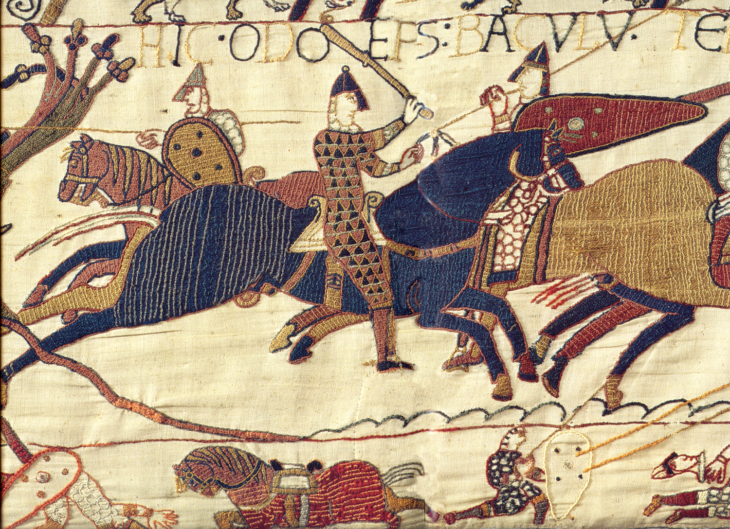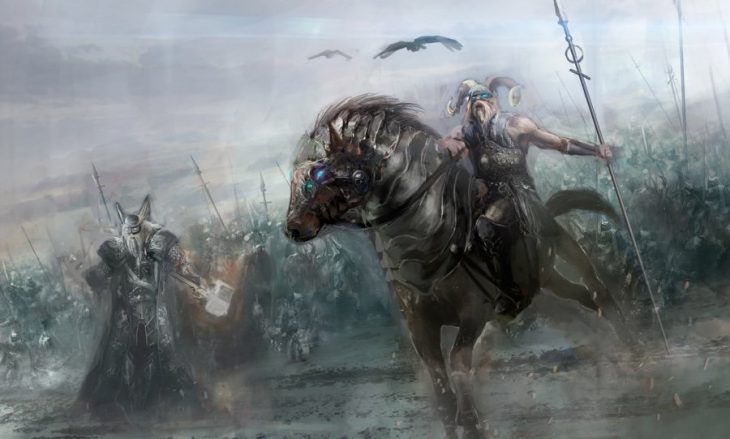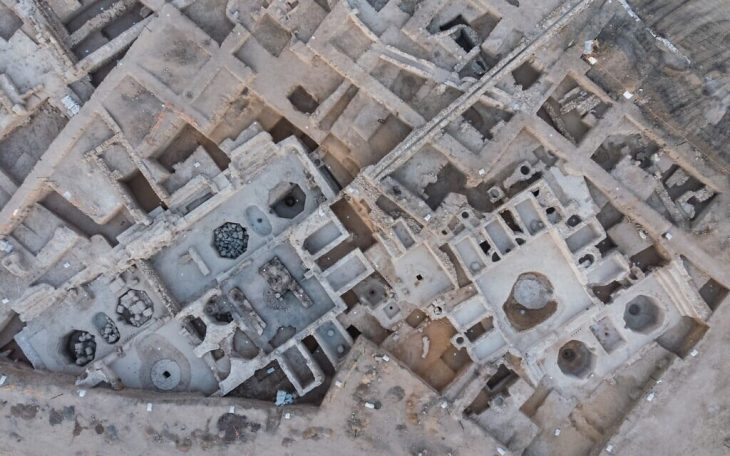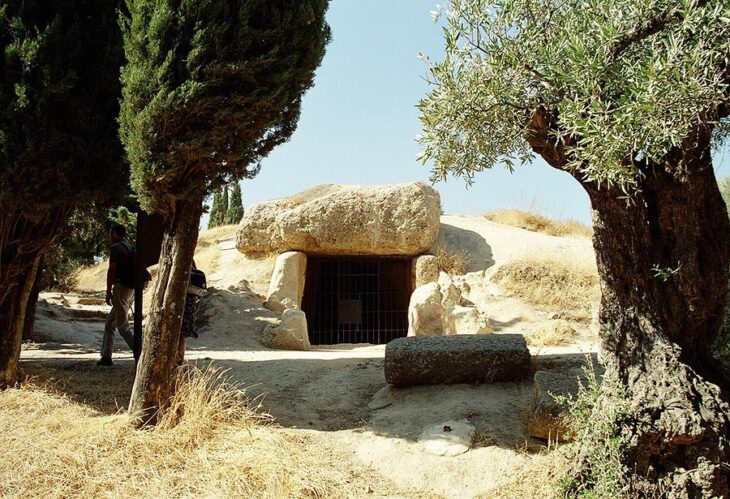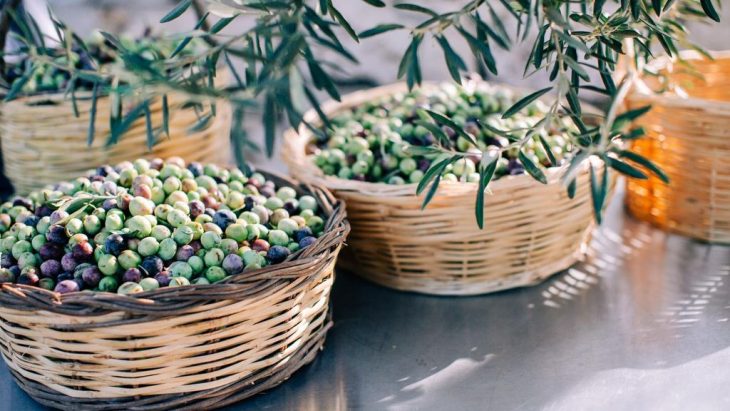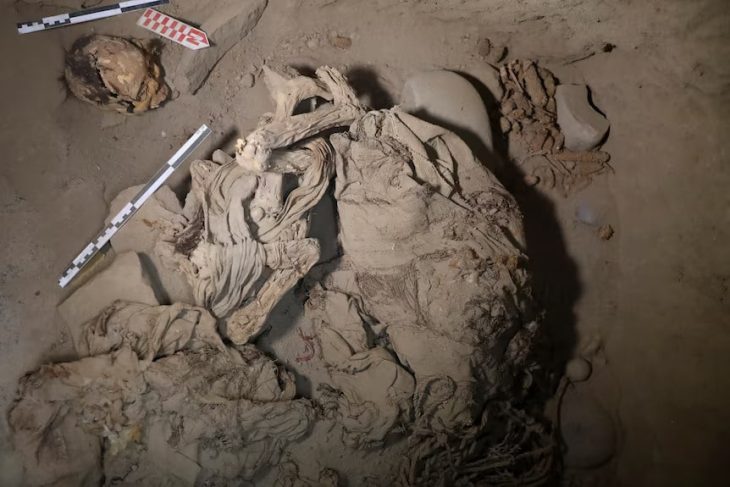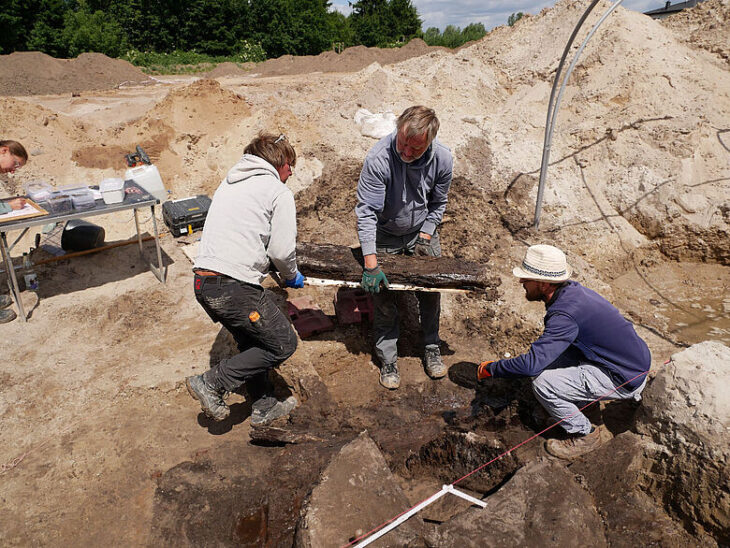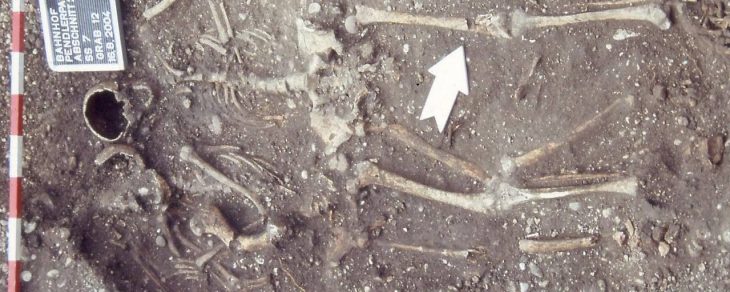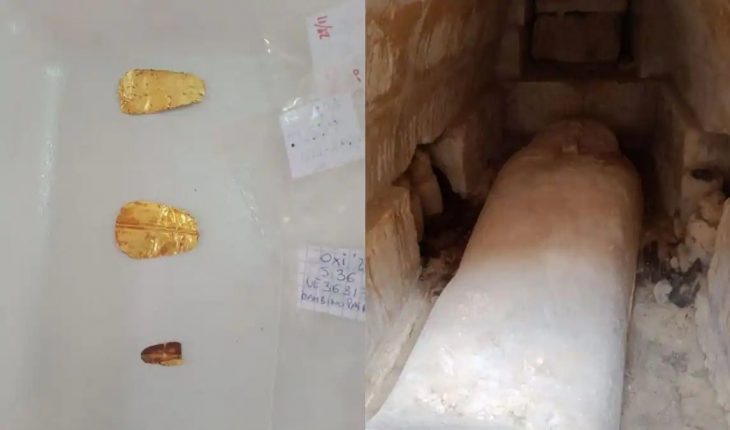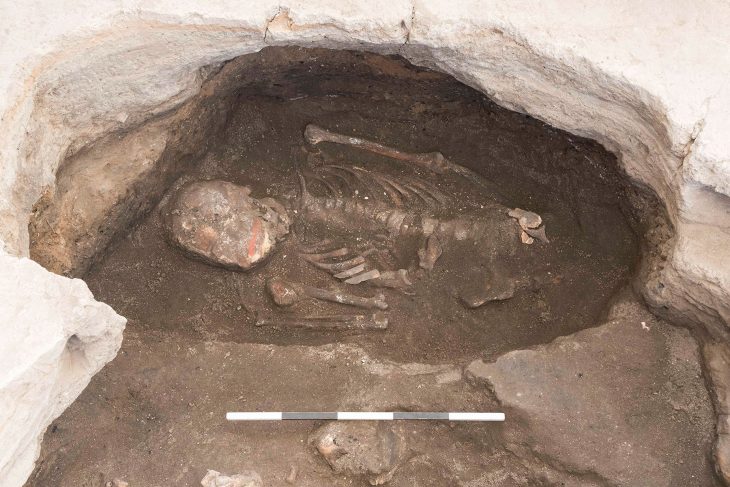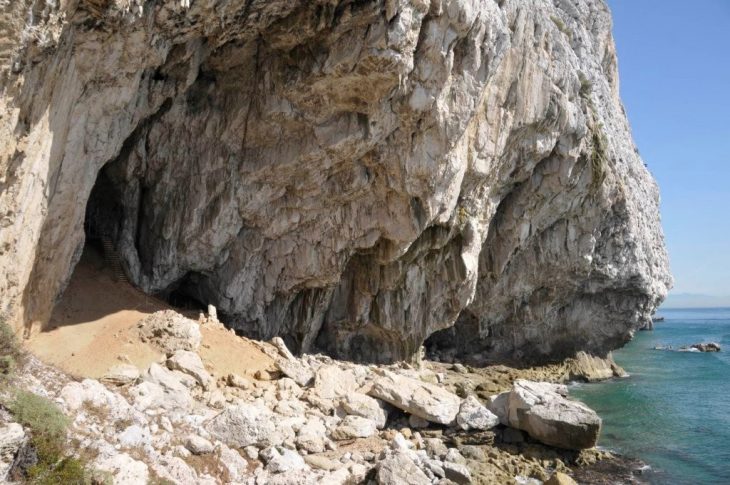The Saudi Heritage Commission has announced, in partnership with Japanese scholars from Kanazawa University, the discovery of the oldest known human settlement in the Arabian Peninsula, a groundbreaking find that reshapes our understanding of early human life in the region. The official disclosure was made through the Saudi Press Agency (SPA) and further amplified on the Commission’s verified Instagram account, where new images and details were shared with the public.
The settlement, located in Masyoun near Tabuk, dates back more than 11,000 years to the Pre-Pottery Neolithic period. According to the Heritage Commission, the site represents the earliest architectural evidence of stable communities ever documented in Arabia. The announcement was delivered by His Highness Prince Bader bin Abdullah bin Farhan Al Saud, Minister of Culture and Chairman of the Heritage Commission, who emphasized the discovery’s global significance.
The Masyoun Discovery
Archaeological excavations revealed semi-circular stone dwellings, storage facilities, internal passageways, and hearths, indicating a well-organized settlement rather than a temporary camp. Tools such as arrowheads, knives, and grinding stones were unearthed, alongside ornaments crafted from amazonite, quartz, and seashells. These findings not only display advanced craftsmanship but also suggest long-distance contacts, as some raw materials were not locally available.
The location of Masyoun adds further importance. Situated at 1,424 meters above sea level on the eastern slopes of Jabal al-Lawz, the area provided favorable conditions for prehistoric communities, including access to water, vegetation, and hunting grounds. This unique geography helps explain why early humans chose to establish a permanent settlement in the highlands of northwestern Arabia.
Although the site was first recorded in the Saudi National Antiquities Register in 1978, its true scale and antiquity only became clear after a series of renewed excavations that began in December 2022. Over the course of four excavation seasons, concluding in May 2024, archaeologists pieced together the settlement’s layout and social structure.
📣 Our WhatsApp channel is now LIVE! Stay up-to-date with the latest news and updates, just click here to follow us on WhatsApp and never miss a thing!!
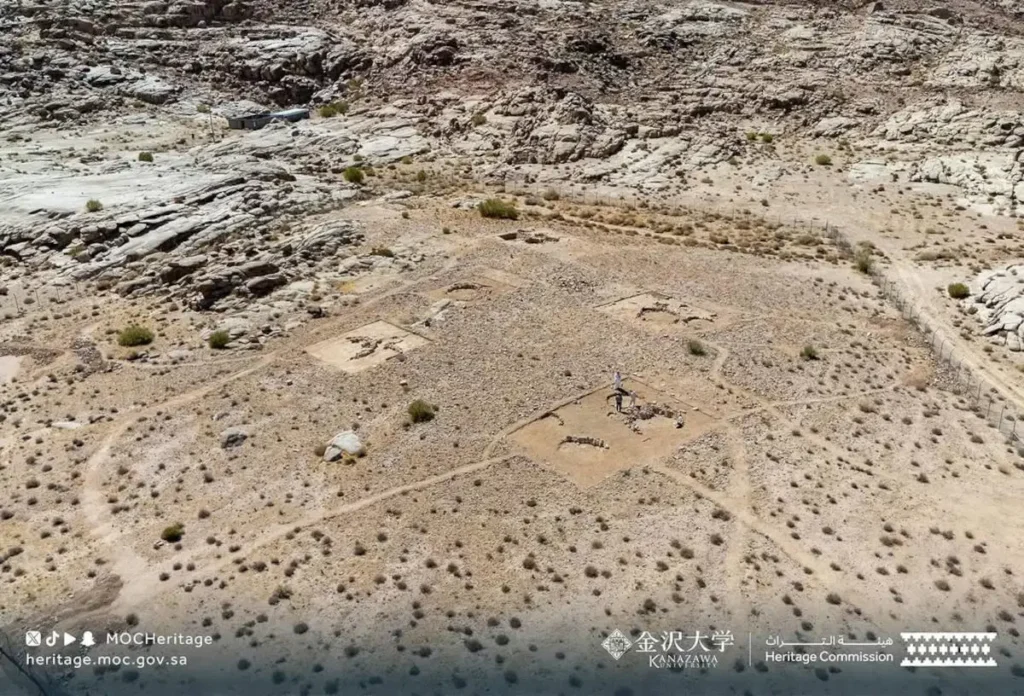
Collaboration and Research
The excavation project was carried out through an international partnership involving the Saudi Heritage Commission, Kanazawa University of Japan, and NEOM, the development company shaping northwestern Saudi Arabia. This collaboration allowed specialists in prehistoric archaeology, environmental studies, and material analysis to reconstruct both the settlement and its surrounding ecosystem.
Researchers also documented rock art and inscriptions in the area, which shed light on symbolic practices and cultural expressions of the community. These carvings, combined with architectural and material evidence, point to a society that was more advanced and interconnected than previously assumed for the Arabian Neolithic.
Social Evolution in the Neolithic
One of the most striking aspects of the discovery is the settlement’s clear spatial organization. The presence of designated storage areas and hearths suggests food surplus management, planning, and possibly shared community structures. Such features demonstrate an early shift toward sedentarism and social complexity, placing Arabia firmly within the broader narrative of global Neolithic developments.
The ornamental finds, particularly those made from non-local stones, raise the possibility of exchange networks that linked Masyoun with other prehistoric communities across the Levant and beyond. This challenges earlier views that Arabia was isolated, highlighting the peninsula’s role as a crossroads of early human migration and interaction.
Public Engagement Through Instagram
In addition to the SPA press release, the Saudi Heritage Commission made a coordinated announcement on its official Instagram account (@heritage_moc). The post featured images of the excavation site, artifact close-ups, and a message stressing that Masyoun represents “the earliest architectural settlement in the Arabian Peninsula.”
By using social media alongside official state channels, the Commission aims to broaden public awareness of archaeology and make discoveries accessible to younger audiences and international followers. The move reflects Saudi Arabia’s growing emphasis on cultural heritage as part of its Vision 2030 agenda.
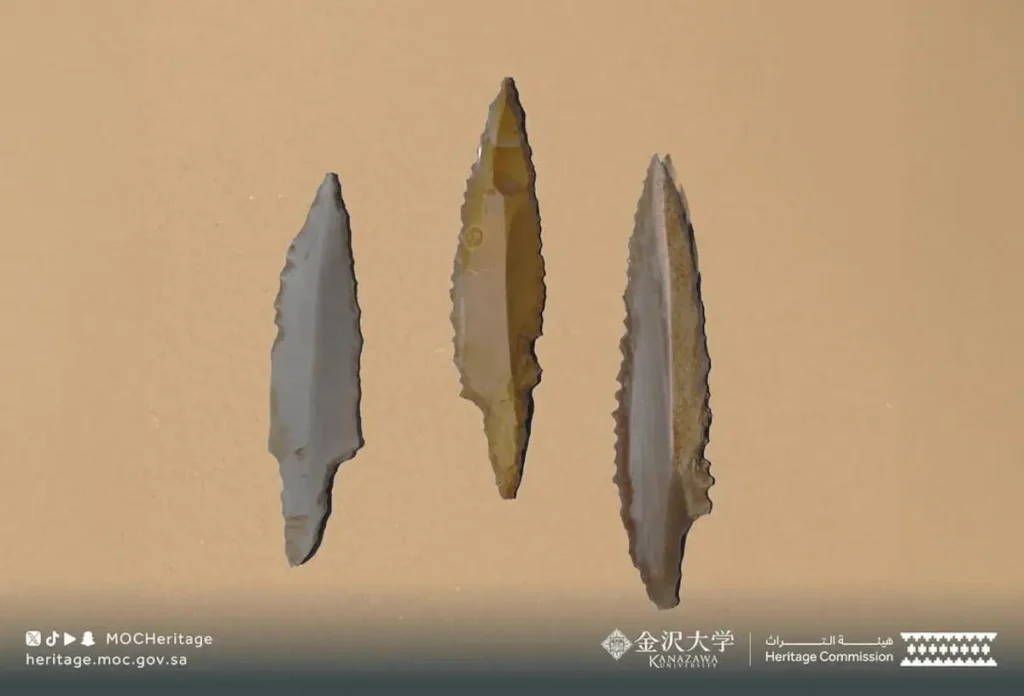
Expanding the Archaeological Map
The discovery at Masyoun is not isolated. Other recent finds, such as Umm Jirsan cave near Medina, have revealed evidence of human activity dating back 7,000 to 10,000 years. Together, these sites illustrate that prehistoric communities across Arabia developed sophisticated adaptations to varied landscapes — from volcanic caves to mountain slopes.
According to the Heritage Commission, these findings reaffirm Saudi Arabia’s position as a key region in early human historyt, and Asia. The Masyoun settlement, in particular, demonstrates that permanent communities in Arabia emerged earlier and were more complex than previously believed.
A Global Heritage Achievement
The SPA announcement framed the discovery as a milestone not only for Saudi archaeology but also for global scholarship. By uncovering the oldest known settlement in the Arabian Peninsula, the Kingdom provides new evidence for the origins of human settlement in one of the world’s most significant cultural crossroads.
As research continues, the Masyoun site is expected to play a central role in redefining the prehistoric narrative of Arabia — shifting it from a perceived “empty quarter” to a vibrant center of innovation and community life more than eleven millennia ago.
Cover Image Credit: Masyoun site, near Tabuk in Saudi Arabia, identified as the oldest human settlement in the Arabian Peninsula—photo via Minister of Culture Bader bin Farhan Al Saud on Instagram.


